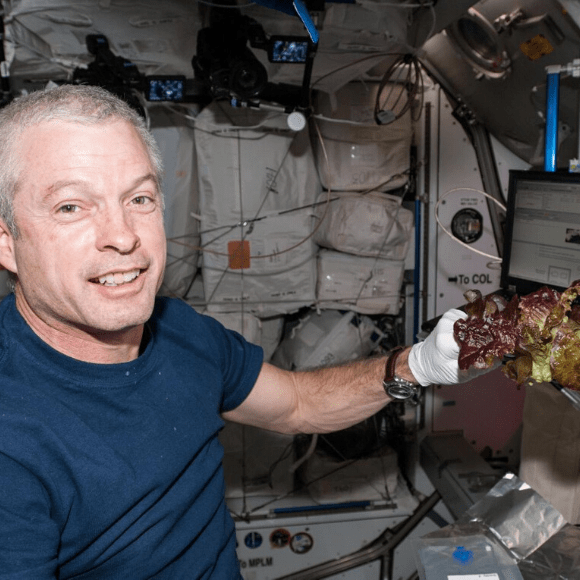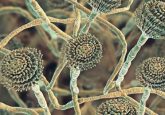Cross-discipline collaboration creates new chemistry to cure crops

Scientists are targeting the mitochondria in the continuing fight against fungicide-resistant, fungal crop diseases.
The threat of antimicrobial resistance to human health is well-known. However, the development of resistance is also a threat to our crops, making the discovery of new fungicides important.
A consortium of researchers from the University of Exeter (UK) has identified a novel mono-alkyl chain lipophilic cation (MALC) as useful in protecting against two fungal crop diseases: Septoria tritici blotch and rice blast disease, which affect wheat and rice, respectively, in temperate climates.
The cross-disciplinary team included a fungal cell biologist, fungal plant pathologist, human cell biologist and synthetic chemist.
MALCs are known to alter plasma membranes and to be effective against some bacteria and human pathogenic fungi. However, doubt had been cast on our understanding of their ‘simple’ mode of action. The team used live-cell imaging to show that MALCs can enter the cell and inhibit enzymes in the fungal mitochondria, starving the cells of energy and resulting in death.
 Space food for thought: ISS-grown lettuce is shown to be safe and nutritious
Space food for thought: ISS-grown lettuce is shown to be safe and nutritious
New research demonstrates the potential of lettuce grown aboard the International Space Station (ISS) as a dietary supplement during long-range missions, vastly improving the versatility of space food.
They identified one MALC in particular – C18-SMe2+ – as of particular interest in the fight against fungal crop disease. The MALC sets off a string of events leading to cellular suicide. What’s more, it alerts the crop plant’s defence system, making it prepared for subsequent attacks.
Importantly, C18-SMe2+ exhibits no toxicity to plants and is less toxic to other organisms than existing fungicides.
“We are increasingly aware of the growing burden of plant disease caused by fungi and of our need to safeguard our calorie and commodity crops better,” commented Sarah Gurr, the fungal plant pathologist of the team. “The challenge is not only to discover and describe the mode of action of new antifungals but to ensure that chemistries potent against fungi do not harm plants, wildlife or human health. This new antifungal is thus an exciting discovery and its usefulness may extend beyond crops into the realms of fungal disease in humans and, indeed to various applications in the paint and preservative industries. This merits investment!”
The University of Exeter has filed a patent (GB 1904744.8) for the novel chemistry, and the team is looking for partners to help take their finding to the field and demonstrate its utility in a real-world setting.


